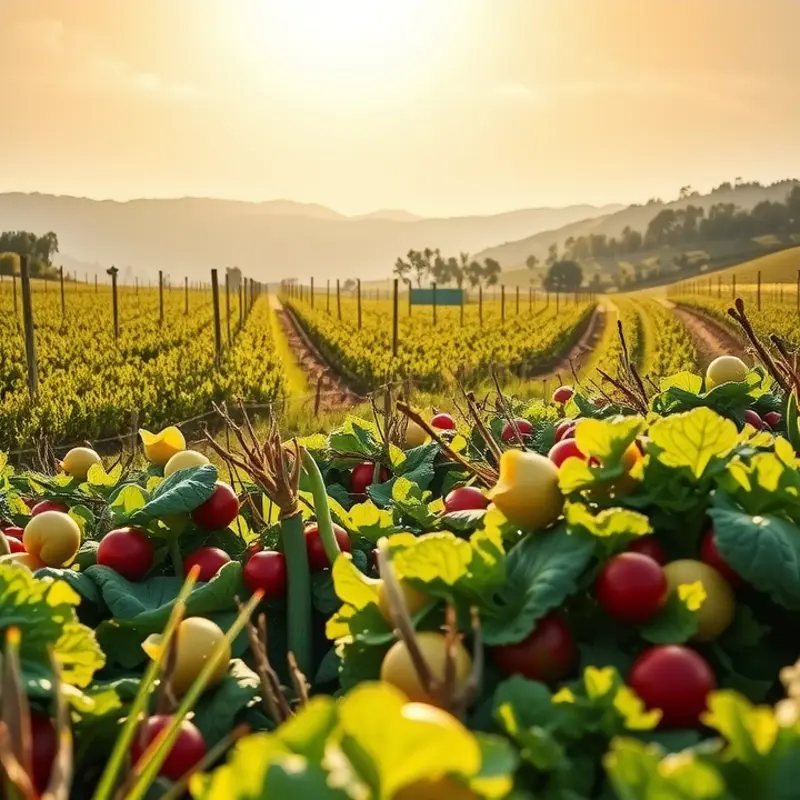Efficiently organizing your dry storage can save money and minimize food waste. By creating a well-structured pantry system, you’ll not only keep food fresh longer but also enhance your cooking experience. Let’s explore actionable tips on how to safely store food and master the art of food management in your home.
Creating a Functional Pantry Layout

Organizing a pantry is an art and science that enhances food preservation, minimizes waste, and improves meal preparation. A functional pantry layout starts with dividing your space into designated zones for different food types. This system will save time, streamline cooking efforts, and prevent ingredients from getting lost.
Start by segmenting your pantry into key zones: grains, canned goods, snacks, baking supplies, spices, and infrequently used items. Each zone should accommodate the specific storage needs of its contents, making use of shelves, jars, baskets, or airtight containers. Elevate your pantry management with adjustable shelves, allowing for customization that meets the evolving needs of your household.
Grains and cereals benefit from airtight containers to keep pests and moisture at bay. Transparent containers with labels ensure you can quickly identify contents and track quantities, reducing the risk of running out unexpectedly. Stackable jars make the most of vertical space, leaving more room for other essentials. Snug-fitting lids are crucial for maintaining freshness, so ensure everything is securely sealed.
Canned goods are best placed at eye level for swift access. Arrange them by type—perhaps soups, vegetables, and beans—so you can easily pull together a recipe without hassle. Consider employing tiered racks or pull-out shelves for deeper storage spaces, maximizing visibility and accessibility.
For snacks, consider using bins or baskets that allow easy access and visibility. Clearly labeling each bin aids in quick retrieval and helps family members find what they’re looking for without causing disarray. It also subtly encourages mindful snacking habits, as everyone can see exactly what and how much is available, promoting healthy choices.
Baking supplies like flour, sugar, and baking powder need specific attention. Airtight canisters are non-negotiable here, protecting ingredients from external elements and prolonging their shelf life. Use large, labeled jars for frequently used items, maintaining consistency in both storage and ease of use.
Spices can often present an organizational challenge due to their varying sizes and frequent use. Opt for a spice rack, magnetic jars, or a drawer insert to keep the jars tidy and accessible. Regularly clean and organize these spaces to prevent expired spices from taking up prime pantry real estate.
Infrequently used items and bulk supplies can be stored on the topmost or lowest shelves. A step stool will ensure you can safely access high shelves without compromising pantry tidiness.
To further reduce waste and enhance sustainability within your pantry, consider consulting resources on eco-smart kitchen storage strategies. These practices not only complement efficient pantry layouts but also promote environmentally conscious habits.
Implement these strategies and suddenly, your pantry is not simply a storage space—it’s a functional, dynamic part of your kitchen workflow. With a smart layout and thoughtful organization, keeping track of what you have, planning your meals, and minimizing food waste become effortless processes.
Maximizing Food Freshness and Longevity

Storing dry food items properly is crucial for minimizing waste and maximizing their shelf life. A key factor in preserving dry goods is maintaining ideal storage conditions. These generally include keeping items cool, dark, and dry. Temperature fluctuations can accelerate spoilage, so a stable, moderate temperature is essential. Avoid storing food near appliances that emit heat. Instead, opt for a pantry or cupboard that remains consistently cool.
Moisture is another adversary of dry food preservation. Humidity can lead to mold growth or attract pests, both of which compromise food quality and safety. Using airtight containers helps prevent moisture infiltration, and it’s beneficial to include a silica gel packet within the container to absorb any residual humidity. If possible, consider using a dehumidifier in particularly damp climates or spaces.
Light exposure also detracts from food longevity by degrading nutrients and promoting spoilage. To combat this, store food in opaque containers, which block harmful light and maintain nutrient integrity. Alternatively, dark-colored containers can also serve the purpose well.
Organization plays a vital role in food management. Regularly rotate your dry goods, placing older items at the front so they are used first. Labeling containers with the purchase or expiration date aids in this process, ensuring that nothing is forgotten at the back of the pantry.
Certain foods demand specific storage techniques. For instance, grains should be stored in a cool, dark place. Flour and rice need extra protection from pests; consider storing them in the freezer for a few days before moving them to an airtight container. This practice eliminates any potential insect eggs present. Similarly, nuts and seeds can be kept fresher for longer if stored in the refrigerator or freezer.
To maximize the efficiency of your dry storage techniques, regular cleaning of pantry spaces is essential. Check for signs of pests or spoilage and wipe down shelves and containers periodically. A clean environment not only preserves food but also prevents contamination of newer stock.
For those interested in eco-friendly practices, evaluate your use of storage materials. Opt for reusable glass or metal containers over plastic to reduce waste and environmental impact. Implementing these strategies aligns with the broader goals of sustainable living. More tips on eco-smart kitchen storage can be found here.
By optimizing your storage practices, you reduce waste and make your home environment more efficient. These simple changes can lead to significant improvements in food quality and longevity, ensuring that your pantry staples stay fresh for as long as possible.
Final words
Organizing your dry storage effectively helps maintain food quality and reduces waste, ultimately leading to a more sustainable household. Implement these tips to create an efficient pantry that not only keeps food fresh but also makes meal preparation easier. Regularly check expiry dates, rotate stock, and maintain cleanliness in your pantry to ensure a lasting impact. By investing time in your dry storage organization, you’ll cultivate habits that enrich your cooking experience and enhance food safety.







